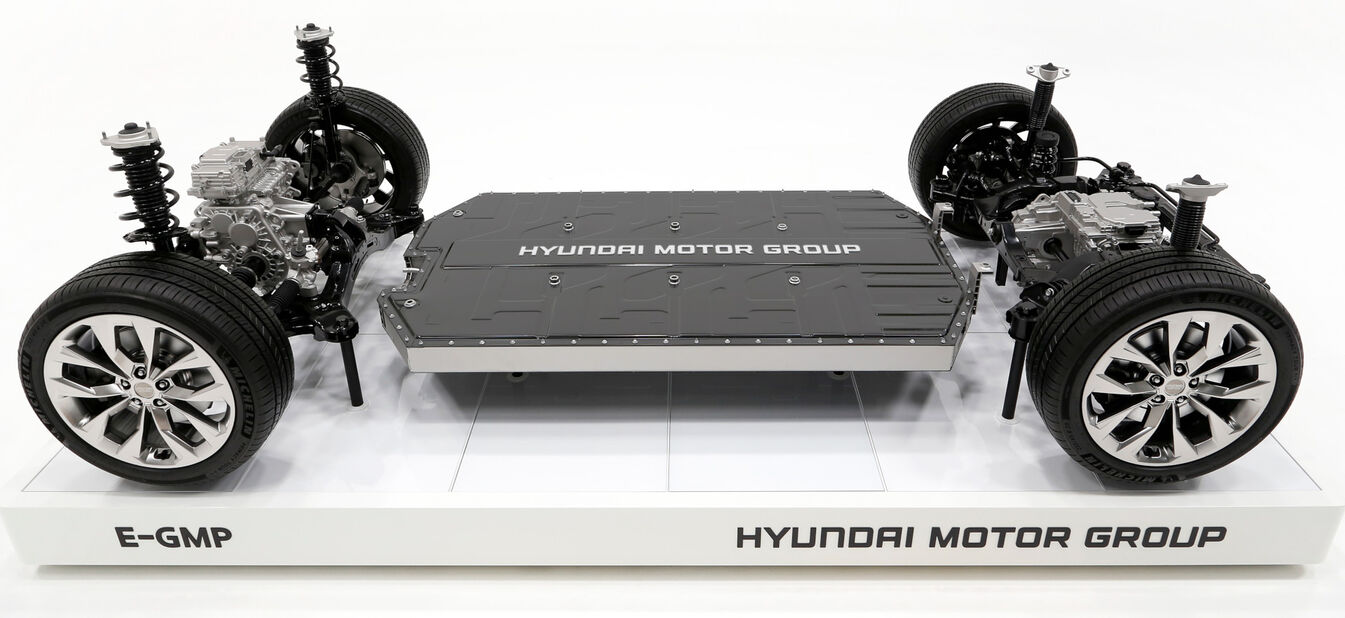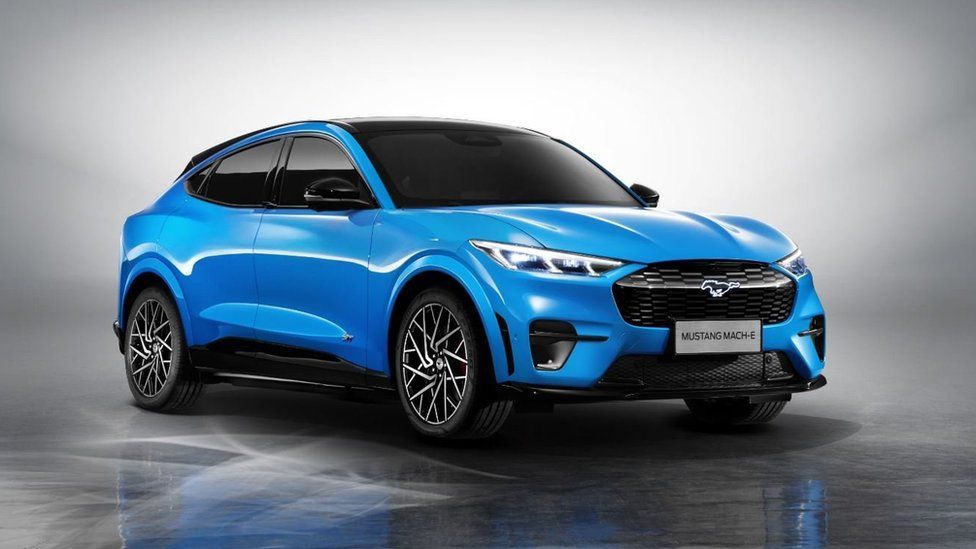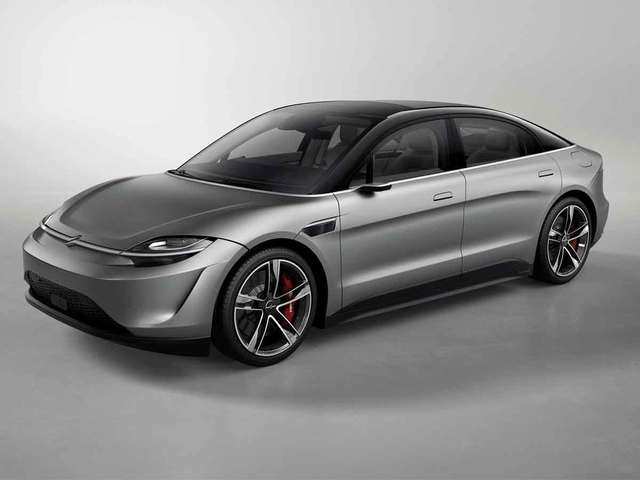Car Care Council


These Are The 16 Best Cars To Buy in 2020

Used Cars Baton Rouge LA - Used Cars & Trucks LA - Elite Import Group
6 Easy Facts About Nissan USA: Shop Online for Cars, Trucks, SUVs & Crossovers Described

by Thomas Blanchard in 1821, at the Springfield Armory in Springfield, Massachusetts. Did you see this? was considerably broadened by Henry Ford, beginning in 1913 with the world's first moving assembly line for cars and trucks at the Highland Park Ford Plant. As an outcome, Ford's vehicles came off the line in fifteen-minute intervals, much faster than previous techniques, increasing productivity eightfold, while utilizing less workforce (from 12.
It was so successful, paint ended up being a traffic jam. Just Japan black would dry fast enough, forcing the business to drop the range of colors available prior to 1913, till fast-drying Duco lacquer was established in 1926. This is the source of Ford's apocryphal remark, "any color as long as it's black".

The 30 Best Cars Under $30,000 for 2021 - U.SNews & World Report
Little Known Facts About 10 things you need to know about the all-new 2022 F1 car.
Ford's complex security proceduresespecially designating each worker to a specific location instead of enabling them to roam aboutdramatically reduced the rate of injury. [] The combination of high salaries and high efficiency is called "Fordism," and was copied by a lot of major markets. The performance gains from the assembly line also accompanied the financial rise of the United States.
In the automobile industry, its success was dominating, and rapidly spread worldwide seeing the starting of Ford France and Ford Britain in 1911, Ford Denmark 1923, Ford Germany 1925; in 1921, Citroen was the very first native European manufacturer to adopt the production approach. Soon, companies needed to have assembly lines, or danger going broke; by 1930, 250 business which did not, had disappeared.
The Definitive Guide to Tesla Wins First, Second, And Third In Car & Driver's 'EV 1000
Secret developments included electrical ignition and the electric self-starter (both by Charles Kettering, for the Cadillac Motor Business in 19101911), independent suspension, and four-wheel brakes. Because the 1920s, almost all cars and trucks have been mass-produced to fulfill market requirements, so marketing strategies typically have actually greatly affected cars and truck style. It was Alfred P.
Showing the rapid speed of change, makes shared parts with one another so larger production volume led to lower expenses for each price range. For example, in the 1930s, La, Salles, offered by Cadillac, used more affordable mechanical parts made by Oldsmobile; in the 1950s, Chevrolet shared hood, doors, roofing system, and windows with Pontiac; by the 1990s, corporate powertrains and shared platforms (with interchangeable brakes, suspension, and other parts) were typical.
